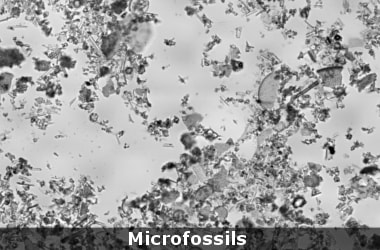Art & Culture - Current Affairs for March, 2017
Art & Culture Current Affairs for March, 2017
Month wise coverage of Art & Culture Current Affairs helps you improve your general knowledge and prepare for all competitive exams like IBPS, Bank PO, SBI PO, RRB, RBI, LIC, Specialist Officer, Clerk, SSC, UPSC, Railway etc. This section is updated daily with the most important events.Preparing Art & Culture Current Affairs March, 2017
1. Read the most important Art & Culture Current affairs and facts here. 2. Take practice test of our Art & Culture MCQ and Objective type questions. 3. Clear any quiz, GK, job interview or competitive exam on current affairs.
- Month & Year
▼ 4.3 billion year old microfossils found in Canada [03-2-17]
 Microfossils close to 4.3 billion years in age were found in Canada similar to bacteria thriving on sea floor hydrothermal vents. This may represent the oldest-known evidence of life on Earth, scientists on March 1, 2017 said. Microfossils close to 4.3 billion years in age were found in Canada similar to bacteria thriving on sea floor hydrothermal vents. This may represent the oldest-known evidence of life on Earth, scientists on March 1, 2017 said.
The fossils from the Hudson Bay shoreline in northern Quebec near the Nastapoka Islands lend credence to the hypothesis that hydrothermal vents spewing hot water may have been the cradle of life on Earth.
This is relatively soon after the planet formed, the researchers said.
They also said Earth's planetary neighbour Mars at that time is thought to have had oceans, long since gone, that may have boasted similar conditions conducive to the advent of life.
Tiny filaments and tubes made of a form of iron oxide, or rust, formed by the microbes were found encased in layers of quartz that experts have determined to be between 3.77 billion and 4.28 billion years old.
The researchers expressed confidence the fossils from northeastern Canada were formed by organisms, saying no non-biological explanation was plausible.
It was primordial microbes like those described in the study that set in motion the evolutionary march toward complex life and, eventually, the appearance of humans 200,000 years ago.
The scientists said the primordial microbes' structure closely resembled modern bacteria that dwell near iron-rich hydrothermal vents.
They believe that, like their modern counterparts, they were iron-eaters. The rock's composition was consistent with a deep-sea vent environment.
This is important for the origin of life as it shows microbial life diversified to specialized microbes very early in Earth history.
It is also important for the evolution of life. It shows that some microbes have not changed significantly since Earth's early times.
The fossils appear to be older than any other previously discovered evidence of life.
For example, other scientists last year described 3.7 billion-year-old fossilized microbial mats, called stromatolites, from Greenland.
|